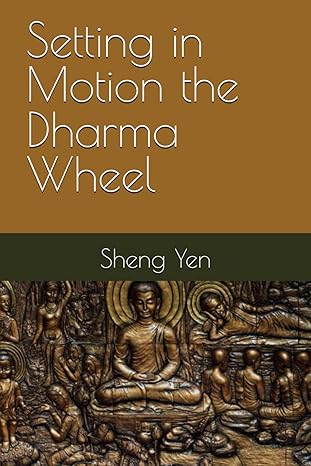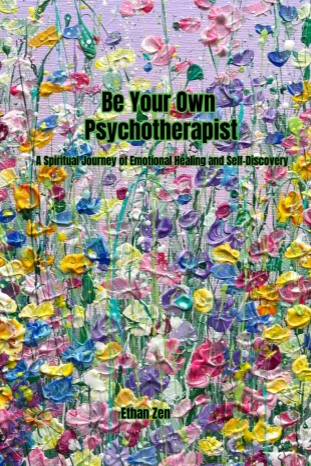Setting in Motion the Dharma Wheel
Detailed Exposition of the Four Noble Truths by Master Sheng Yen
This book consists of talks on the Four Noble Truths of Buddhism by the Venerable Chan Master Sheng-yen at the Chan Meditation Center in Elmhurst, New York. These lectures took place on Four consecutive Sundays between November 1 and 22, 1998. Shakyamuni Buddha first expounded the Four Noble Truths to five of his fellow monks nearly 2,500 years ago. It was the first teaching that he presented after his profound enlightenment. I Want to Buy It
Master Sheng Yen provides a detailed explanation of the Four Noble Truths expounded by Buddha during his first sermon. The Four Noble Truths consist of the truth of suffering, the truth of the origin of suffering, the truth of the cessation of suffering, and the truth of the path to the cessation of suffering. It elucidates the nature of suffering, how to change suffering, the origins of suffering, the operation and manifestation of karmic actions, the role of emotional afflictions in karmic creation, and the methods to dispel ignorance and achieve enlightenment to eradicate suffering and follow the path. I Want to Buy It
Excerpt from the original article
When the Buddha expounded on the Four Noble Truths, he first stated what they were. They are, he said, the truth of suffering, the truth of the origin of suffering, the truth of the cessation of suffering, and the truth of the way out of suffering by means of the eightfold noble path. This is the first of the “three turnings and twelve processes”4 of the Dharma Wheel.
What is abiding by the precepts? It is to live ethically, harmoniously, and with stability. What is accepting the Dharma as your teacher? It means taking the Four Noble Truths as the fundamental teaching, and understanding that existence is characterized by impermanence. It is to understand that all things inherently lack independent existence, and are empty of self. It is to believe in the cessation of suffering and in the certainty of ultimate liberation in nirvana. To understand this is to practice the three seals of the Dharma (three marks of existence): suffering, impermanence, and no-self. And how does one realize the three seals? One begins with the practice of the Four Noble Truths.
What is it to have liberation as one’s goal? To have liberation as one’s goal, one must fully understand the workings of conditioned arising–that all things arise as a result of many different causes and conditions. To understand the nature of our existence, we begin by understanding the twelve links of conditioned arising8 that determine the shape and path of our life as it unfolds. If one can contemplate these twelve links, one will fully understand the causes of suffering, as well as the way out of suffering towards liberation9.
Thus, the Four Noble Truths encompass the complete teachings of the Buddha and include the three seals of the Dharma, and the twelve links of conditioned arising. Therefore, to realize the goal of the Four Noble Truths, one must also understand and contemplate suffering, impermanence, no-self, and conditioned arising.
Although Buddhism can be divided into various schools such as the Theravada, the Mahayana, the Vajrayana, the sudden and the gradual10, and so on, all of them have as their basis the Four Noble Truths, without which, they could not be considered Buddhist. With this brief introduction, let us now proceed to arrive at a deeper understanding of the Four Noble Truths. I Want to Buy It













